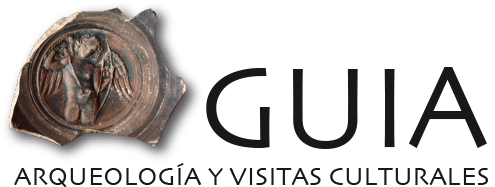In Axarquía, a word derived from the Arabic al-sarquiya, which means “East” (with respect to Malaga), we can find a series of beautiful white villages, possessors of a valuable historical heritage, and immersed in impressive mountain landscapes.
Axarquía
In Nerja we can see the Balcony of Europe, over the Mediterranean, and know its impressive caves.
Inside we find the beautiful city of Frigliana, dominating the canyon of the Chíllar river, which preserves its Moorish flavor intact.
In Vélez-Málaga, the economic capital of the region, dominating the deep valley of the Vélez river, we can see remains of the Islamic Balis: its fortress, wall, vestiges of two mosques, as well as several churches such as those of Santa María and San Juan. In the area you can visit several of the most important Phoenician sites in Spain, such as Toscanos or Trayamar.
A very unknown group that has recently been opened to visits are the Valle-Niza quarries, from which stone was extracted for the construction of the Malaga Cathedral, in open-air sections and also in a cave. Later they were used as paseros, that is, to dry raisins.
In Macharaviaya we can see, under the parish church, the funeral crypt of the Gálvez family, native to the population, who during the 18th century reached great heights of power, such as ministers and viceroys of the Indies.
In Sayalonga highlights its circular cemetery (actually polygonal), from the 19th century.
The Islamic past of the region is evident in the names of its towns (Benamocarra, Benamargosa, Iznate), in the layout of its streets and in the various minarets that remain in Archez, Salares, Corumbela and Daimalos.
In any of these places and many others in the region we can find the products that have always made this land rich: sweet wine, figs and dried grapes (raisins), oil or almonds. But also the new tropical crops that its mild climate allows: mangoes, avocados, custard apples, kakis, medlars, etc.




